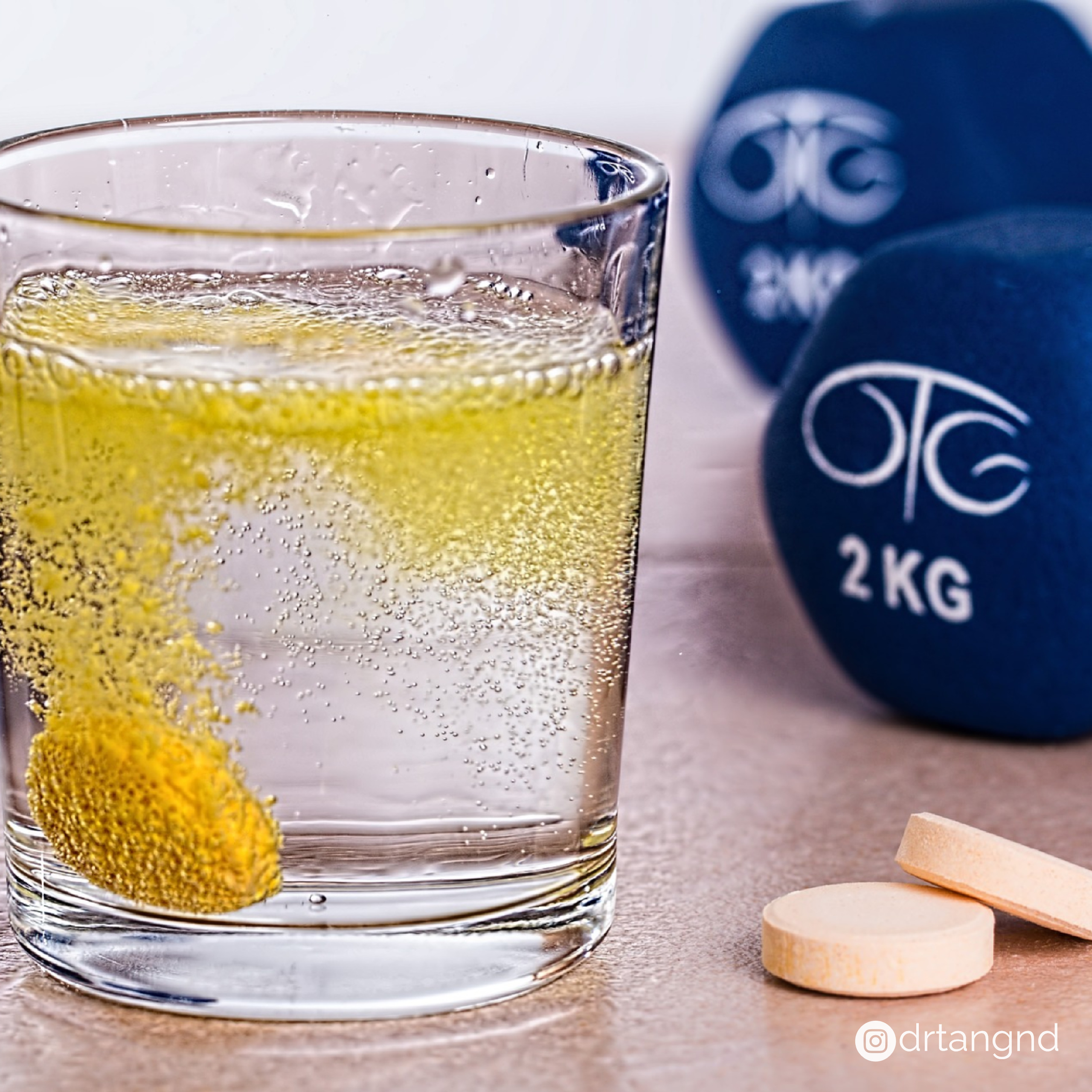Periods – What’s “Normal” Anyway?
While I’m not particularly a big fan of the word “normal” in medicine, it does seem to be a word thrown around a lot as a level to attain. However, even being in the “normal” range in your blood work doesn’t mean you are in the clear. That’s why I prefer using the word “optimal” – optimal levels, optimal symptoms, optimal health, and so forth. While a “normal” period doesn’t actually exist (our bodies are incredibly complex and beautiful), there is optimal measures for your menses (short form for menstruation aka your period).
Now, I want you to keep in mind that just because your menses doesn’t follow all of these criteria, it doesn’t mean there’s reason for concern. As always, the definition of health and optimal is individual to you. It is advised to speak to a naturopathic doctor before jumping to any conclusions and to discuss your healthcare concerns.
Gut Health in Athletes – The Missing Link to Optimizing Performance
Gastrointestinal (GI) complaints in athletes can include vomiting, diarrhea, cramping, bloating, abdominal pain, and everything in between. These are very common during training and competitions – but why? Athletes work hard to fine tune their “machine” of a body, so they should be “stronger” than the average population, right? It is exactly because of the hard work they put into their goals that makes them more susceptible to gut issues. Strenuous exercise and dehydration influence muscle glycogen depletion and puts the athlete at risk for gut ischemia (reduced blood flow to the intestines) [1]. This is because there is a redistribution of blood flow from your viscera to your skeletal muscle, brain, heart and lungs [1].
Homemade Electrolyte Drink Recipe
Many of the commercial electrolyte or sport drinks contain an overwhelming amount of unnecessary additives and sugar. This can interfere with your performance goals, cause bloating, and delay recovery. Check out my handout below for a clean source of electrolytes that will get properly absorbed, cause minimal digestive upset, and Read more



